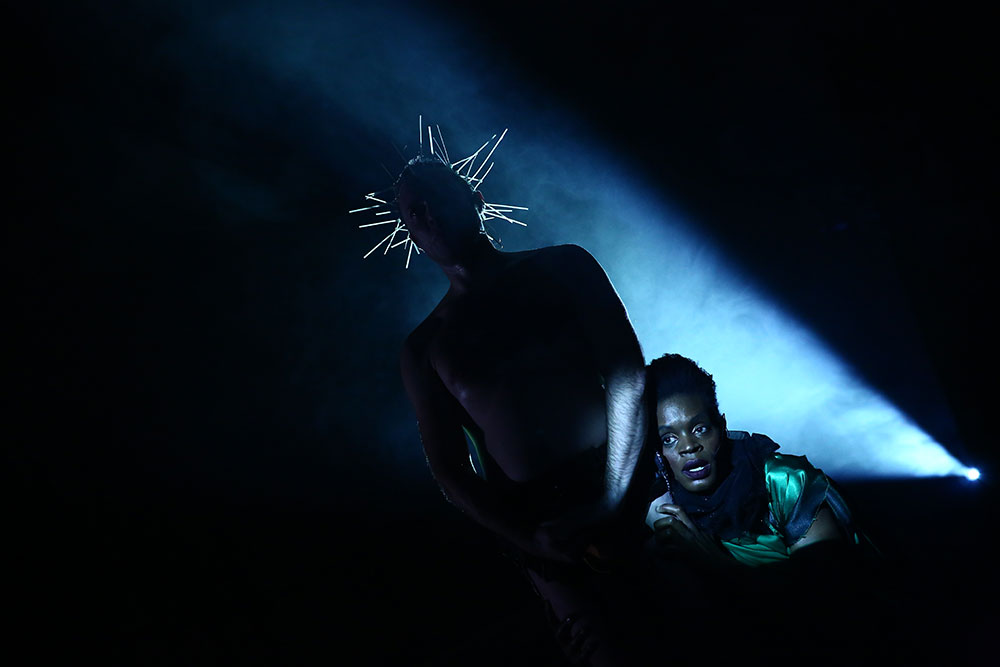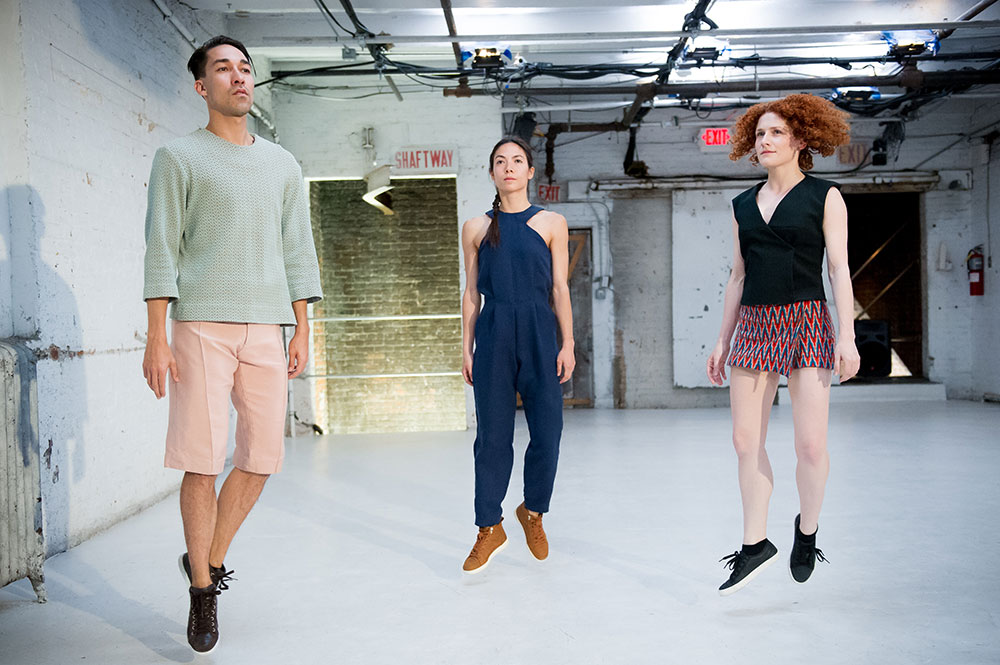Crowdfunding Your Project with Jessica Massart of Kickstarter

As Senior Performance Lead at Kickstarter, Jessica Massart oversees theater, dance, and performance-at-large. Part of her role is to ensure artists and organizations are prepped for success on Kickstarter while advocating for their needs, as well as the larger needs of the field, within the company.
We asked her for some tips about how to make a great crowdfunding campaign.
Three Tips for Artists Thinking About Crowdfunding
We’ll cover a whole lot more in the upcoming webinar, but these are three of my favorites:
✓ Think first about the crowd in crowdfunding
Put more plainly, focus on community. When planning a campaign, think about the people you want to connect with. Not just the friends and family closest to you, but also the future audience for your show. Defining this helps tailor everything from how you’re telling your story to the rewards you offer.
✓ Define your goals
Of course there is the money to be raised, but what else do you want to accomplish during this campaign? Is it connecting with a new, specific community? Getting press for the piece? Raising awareness? Setting an additional measure for success will again refine how you approach your campaign.
It can also be helpful to align what you’re aiming to do for the performance with the campaign itself. For example, Seattle choreographer Kim Lusk set out to spread some joy in her upcoming work, A Dance for Dark Horses, and used her campaign as an extension of that. What resulted included creative social media shoutouts (involving one of the best crowdfunding puns I’ve seen) and a special reward for a custom-made short dance.
✓ Design your campaign page
As our culture becomes increasingly visually-oriented and tl;dr, play into this. Create colorful headers, add images throughout the page, and use graphs when appropriate to illustrate/underscore your message.
For inspiration, have a peek at folks like Pope.L/What Pipeline and Fresh Ground Pepper.

the feath3r theory’s “Another Fucking Warhol Production,” 2017. Photo by Kate Enman | the feath3r theory.
Three Crowdfunding Campaigns that Perform Well
Raja Feather Kelly – Another Fucking Warhol Production
Another Fucking Warhol Production is one of my all-time favorites for how it creatively reimagines a Kickstarter campaign. Instead of doing a standard 30-day campaign, Raja instead did a 24-hour Kickstarter Live telethon. Simultaneously streaming through both Kickstarter and Facebook, he exceeded his goal and created what felt like its own art piece.
Jim Findlay – Electric Lucifer
Jim has long been one of my favorite artists and beyond the joy of getting to work with him, the campaign beautifully tells the story of why he made this work and the history of it. This also features one of my favorite examples of a creative, low maintenance reward: a Certificate of No More Fucking Regrets.
The Chocolate Factory
Campaigns for creative spaces often do well on Kickstarter, but The Chocolate Factory has set a new bar. The page is strong with a unified message about the importance of this theater within the performance field. But the best part are the updates. All together, they add up to an in-depth story of what it takes (practically and emotionally) to purchase a warehouse and transform it into a theater.
Crowdfunding Fails
Totebags! This, as well as stickers and pins, often come up as one of the main regrets when I talk to artists after their campaigns. Merch-based rewards ultimately add expense and a lot of extra to-dos on top of what it takes to launch and run a campaign. It ultimately adds work post-campaign when you need to be focusing on your producing your performance.
More generally, not planning outreach and engagement for campaigns is where many creators go wrong. Even before it’s gone live, you should be outlining who can give immediately after it launches, how you want to thank people, what updates look like, who will be your campaign ambassadors, etc.

Liz Santoro and Pierre Godard’s “Relative Collider,” The Chocolate Factory, 2014. Photo courtesy The Chocolate Factory.
Why the Crowdfunding Model is Particularly Exciting or Challenging for Theater and Performance Artists
The challenge of performance in crowdfunding is also one of the reasons this field is so singular: it’s about a shared, live experience, not a product. This means the value of the effort that goes into creating a performance is not well understood beyond folks in the industry. So when crowdfunding for a performance, you’re contending with a wider community that’s still wrapping their heads around the huge investment of time, energy, and funds.
And yet, crowdfunding to me is an extraordinary opportunity to own your message and connect with your audience. For artists working in performance, often both of those things are handled by a presenting or producing organization. Here’s a moment to tell your story precisely how you want it. At the end of the campaign, that can lead to more buzz for your work and deeper connections with your community. It’s really a chance to celebrate the work you do.
Jessica Massart regularly leads our Kickstarter School online workshop. Click here to see upcoming courses.
